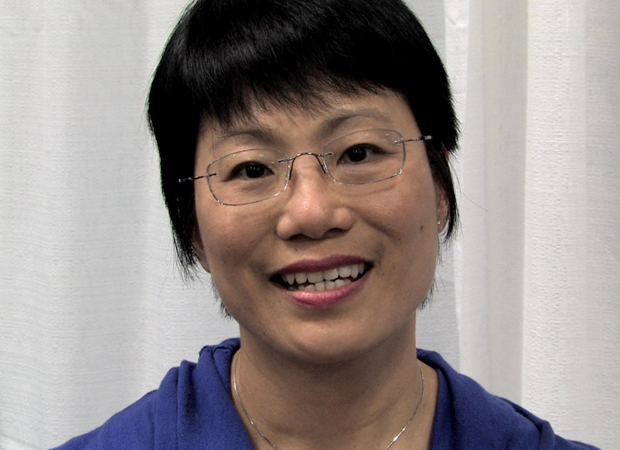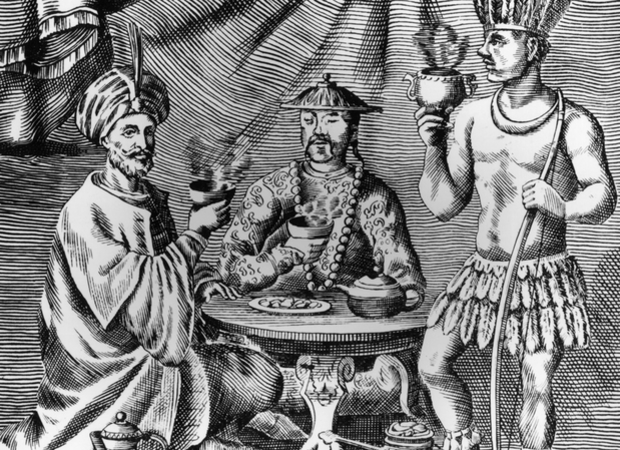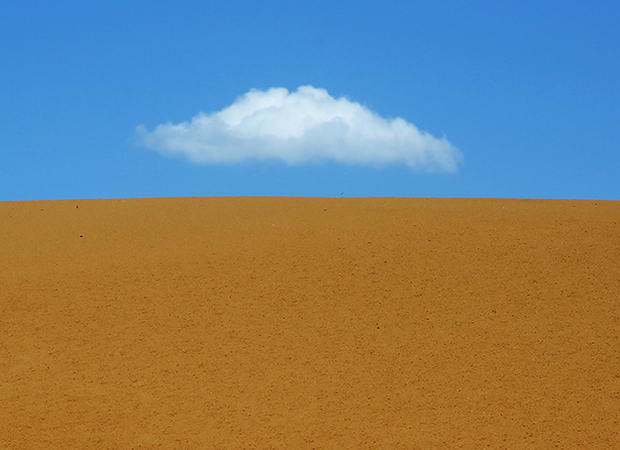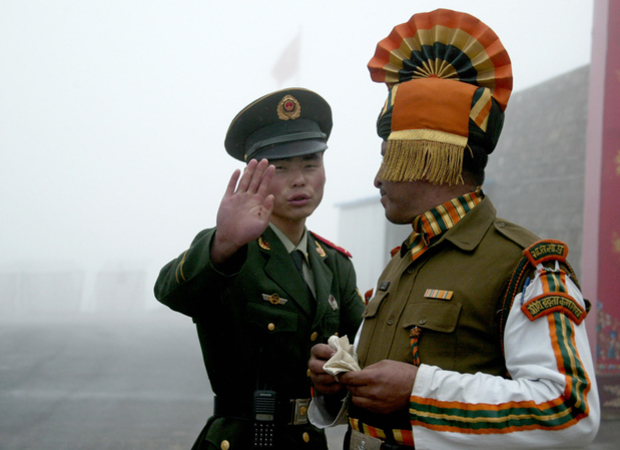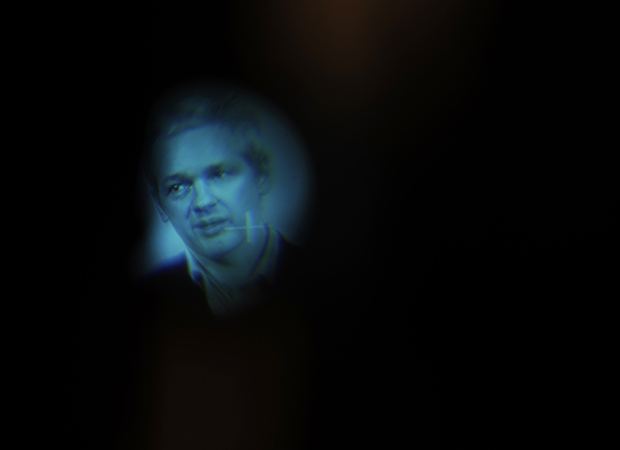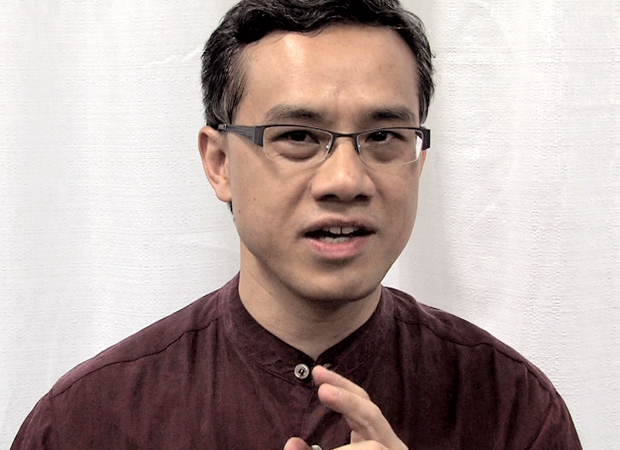A Subversive Voice in China
on December 28, 2010
Mo Yan, the most prolific writer in present-day China as well as one of its most prominent avant-gardists, is an author whose literary works have enjoyed an enormous readership and have caught much critical attention not only in mainland China, Hong Kong, and Taiwan but also in many other countries around the world. This book provides the most comprehensive exposition of Mo Yan’s fiction in any language. Author Shelley Chan delves into Mo Yan’s entire collection of literary works, considering novels as well as short stories and novellas. In this analysis, Mo Yan’s works are dealt with in a diachronic fashion––Chan discusses the development of Mo Yan’s style throughout his career by considering themes that he has addressed in a variety of narratives over time. This provides the reader with valuable insight into understanding how individual narratives fit into the entire collection of Mo Yan’s body of literary work. Scholars will also welcome the book’s extensive reference to secondary scholarship and theory, which not only skillfully deals with the Chinese scholarship on Mo Yan but also thoroughly covers the English-language sources. This book on one of the most important figures in contemporary Chinese literary history will be a landmark resource for scholars in Asian studies, cultural studies, and literary criticism, as well as an enticing read for people interested in Chinese literature and historical fiction. —Cambria Press
